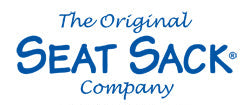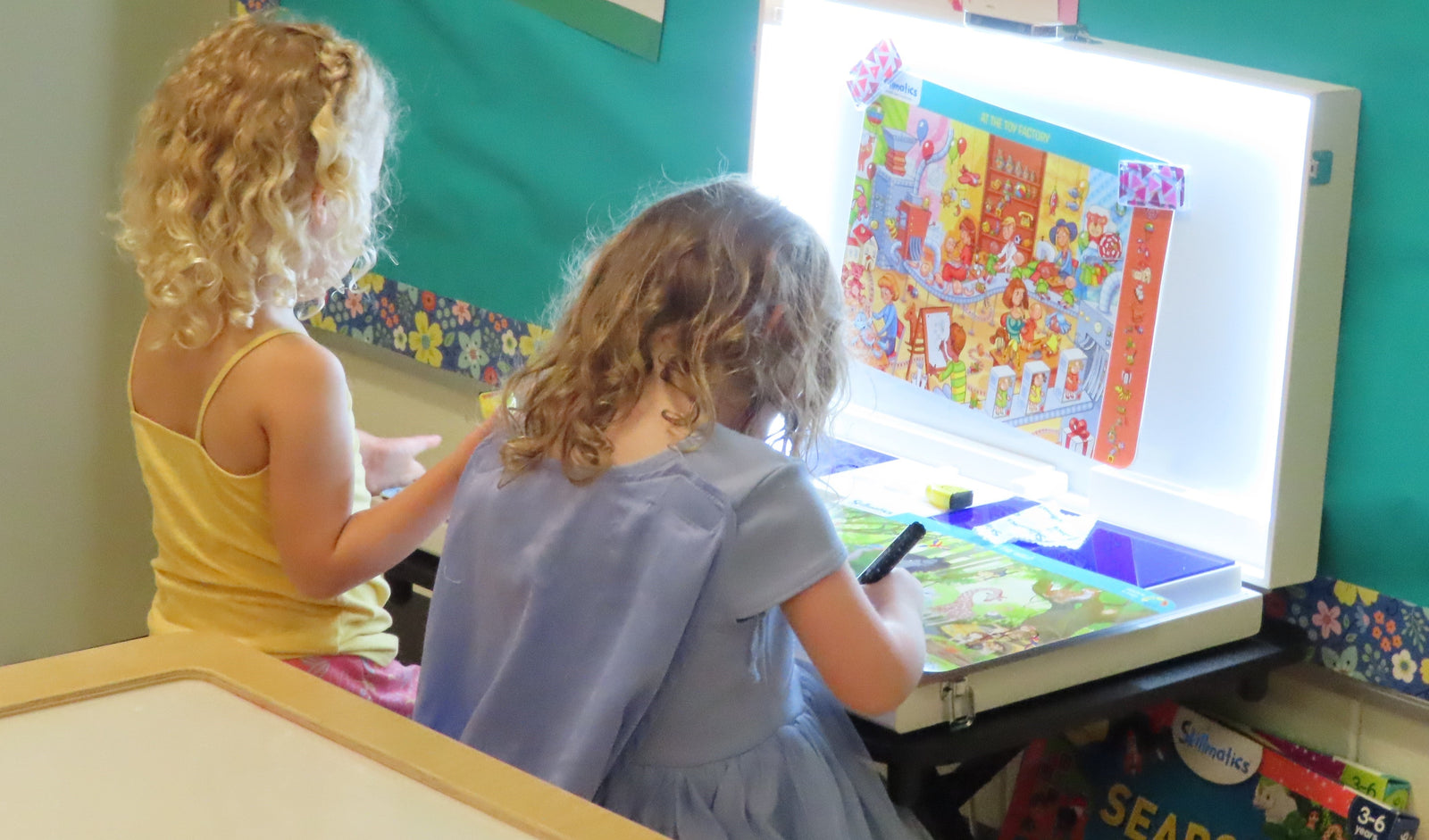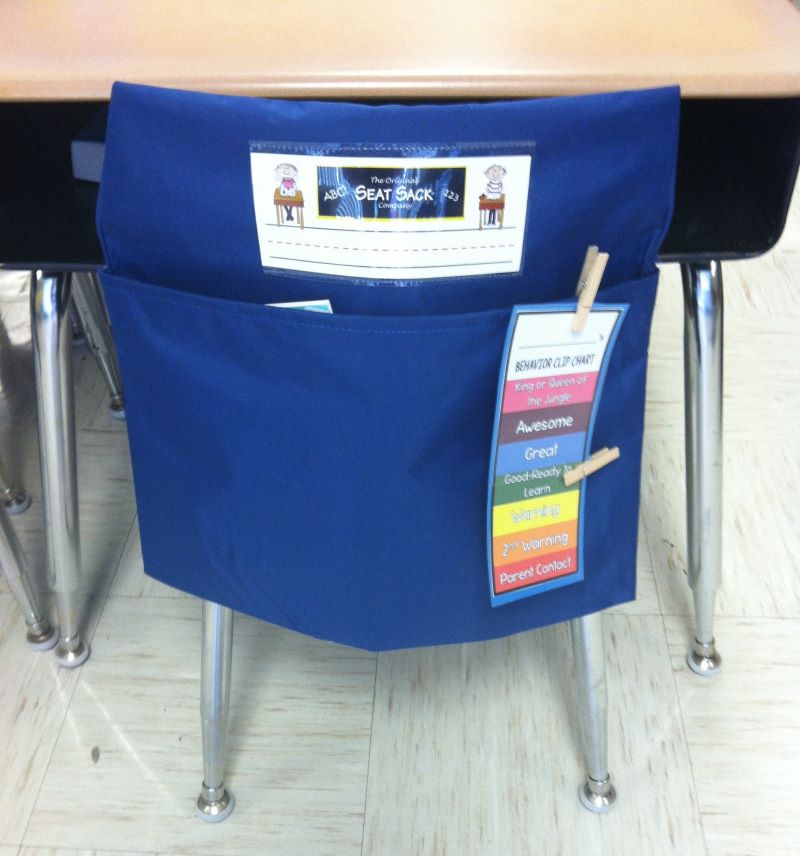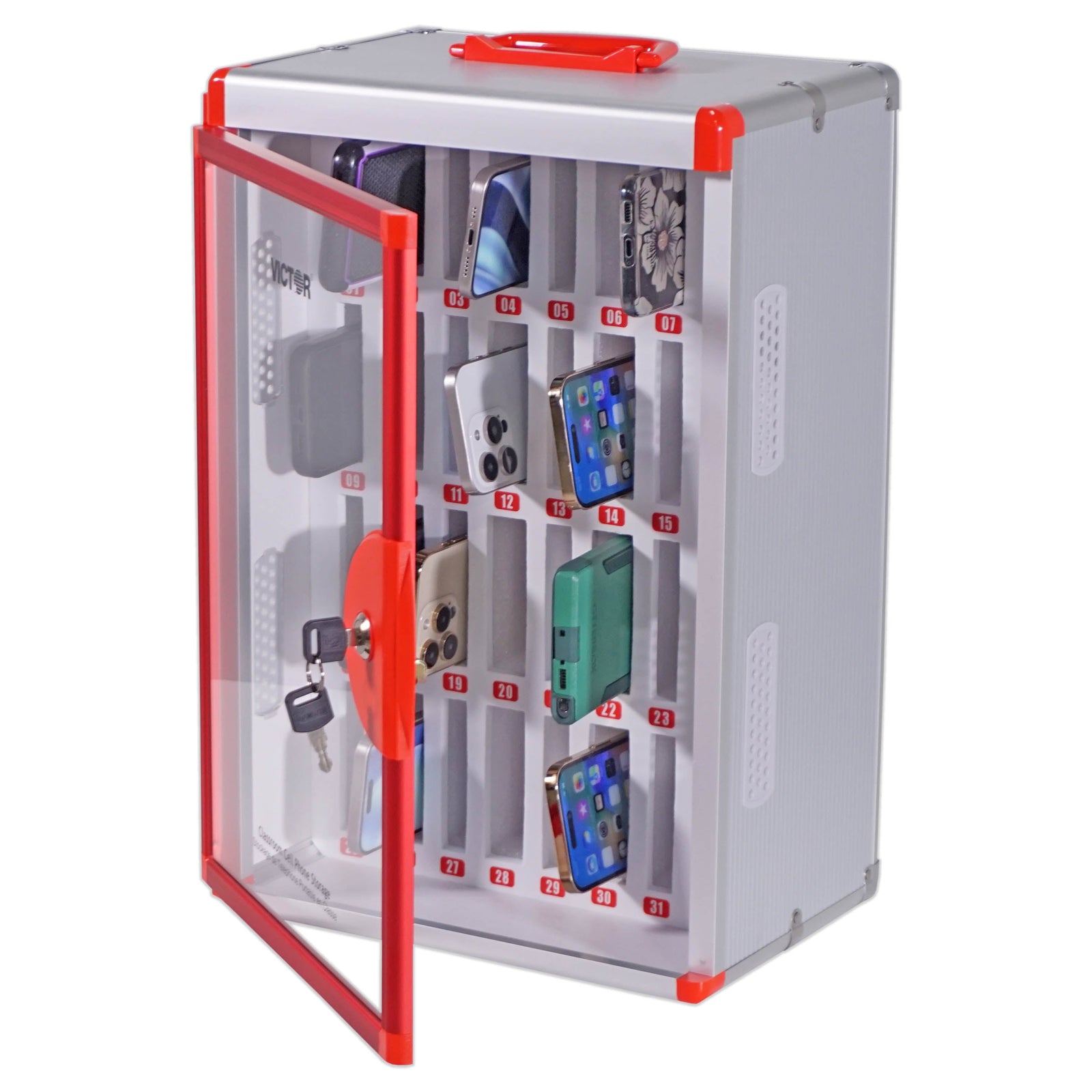Unlocking Reading Potential: The Science of Reading in Action
October 02, 2024
Foundational Skills to Read-n-Go
Reading is a foundational skill that unlocks countless opportunities for learning and personal growth. The Science of Reading (SoR) is a body of research from cognitive psychology, linguistics and neuroscience that provides insights into how the brain learns to read. By applying these principles, educators and parents can significantly boost students' reading abilities, setting them up for success both academically and personally.
In this article, we'll explore how the Science of Reading can help students improve their reading skills and offer actionable strategies parents can use at home. Additionally, we'll highlight how tools like Seat Sacks Read-n-Go book bag can support these efforts.
An Introduction to The Science of Reading
The Science of Reading: Helping Students Improve
1. Phonemic Awareness and Phonics Instruction
The foundation of reading success is understanding the relationship between sounds and letters. Phonemic awareness, the ability to recognize and manipulate sounds in spoken words, is a crucial first step. Phonics instruction helps students map these sounds onto letters, forming the basis for decoding words. Christina DeCarbo, a literacy coach, emphasizes using structured phonics activities in her lessons, which align with SoR principles and enhance word recognition skills. Research shows that systematic phonics instruction helps students develop fluency and comprehension.

Pillars of Effective Reading Instruction
- Phonemic awareness: The ability to recognize and manipulate individual sounds within words.
- Phonics: Understanding the relationship between letters and sounds, allowing for decoding of words.
- Fluency: Reading smoothly and accurately with appropriate pace and expression.
Each Element Plays a Vital Role in Developing Strong Reading Skills
- Vocabulary: Knowing the meaning of words.
- Comprehension: Understanding the meaning of text and being able to draw inferences.
Must Have Product: Read-n-Go Book Bags
2. Orthographic Mapping
Orthographic mapping is the process by which readers store written words for instant recall. This technique helps students move beyond simply sounding out words to automatically recognizing them, improving reading speed and comprehension. According to Hilary Statum, introducing activities like sound walls which visually represent sounds and their corresponding letters, can help students better grasp this concept and retain new vocabulary. This method bridges the gap between phonics and fluent reading by promoting long-term word retention..

Further Readings
→ My Personal Science of Reading Journey-Link
→ Science of Reading Activities and Mapping Mats- Link
"The first and most important way to ensure that our students are engaged during independent practice time lies in the texts we place in their book baggies. "
3. Structured Literacy
Structured literacy programs provide explicit, systematic, and cumulative instruction, targeting the core components of reading: phonology, sound-symbol association, syllable instruction, morphology, syntax and semantics. Such an approach supports students of all backgrounds, especially those with reading difficulties such as dyslexia. Teachers like DeCarbo use research-backed structured literacy tools, ensuring every student can build their reading skills at a pace that suits them.

Products that Compliment Reading Activities
4. Comprehension Skills Through Engaging Texts
While decoding is vital, comprehension is the ultimate goal of reading. By combining phonics with high-interest, meaningful tests, students can practice comprehension in engaging ways. Hilary Statum suggests pairing interactive read-alouds with comprehension-building activities, such as graphic organizers and discussions. These practices help students connect the dots between the words they read and their meaning, fostering deeper understanding.

5. The Role of Fluency
Fluency is the ability to read with speed, accuracy, and proper expression. Research shows that fluency is strongly connected to comprehension because it frees up cognitive resources to focus on the meaning of the test rather than decoding each word. Teachers like DeCarbo focus on repeated reading and guided oral reading practices to build fluency. These strategies, backed by the Science of Reading, allow students to practice reading in structured environments, which gradually improves their automaticity and expression.


The Science of Reading at Home: Strategies for Parents
“If a child memorizes ten words, the child can read only ten words, but if a child learns the sounds of ten letters, the child will be able to read 350 three sound words, 4320 four sound words and 21,650 five sound words.”
1. Phonemic Awareness Games
At home, parents can reinforce phonemic awareness through simple sound games. For example, you can ask your child to identify the first, middle, or last sound in a word or help them create rhyming word pairs. Hilary Statum recommends making these activities fun by incorporating songs, clapping, or movement, making learning more engaging for young readers.

"If a book is well written, I always find it too short."
2. Use Decodable Texts
Instead of relying on books that use repetitive language or sight words, parents can introduce decodable books that follow phonics rules that child has already learned. This practice strengthens decoding skills and boosts confidence as children read independently. Christina DeCarbo offers free decodable books for early readers, encouraging parents to provide test that is not only accessible but also aligns with the SoR approach.
3. Sound Walls at Home
A sound wall helps students visualize the connection between letters and sounds. Parents can create a simple sound wall using sticky notes to display different phonemes (sounds) and the corresponding graphemes (letters or letter combinations). Statum's work with sound walls in classrooms has shown how effective this can be for reinforcing orthographic mapping. A home sound wall serves as a visual and interactive reminder of these connections, aiding in word retention and recall.

4. Seat Sacks Read-n-Go Book Bag
A great tool for organizing and maintaining consistency in reading practice is the Read-n-Go book bag. This portable book bag allows students to carry home books they are working on in class, creating a seamless bridge between school and home reading. It's especially helpful for keeping track of decodable readers and other phonics-based materials. Parents can use the Read-n-Go to ensure their child always has a book on hand, reinforcing the habit of daily reading practice and creating a structured, convenient reading routine.
Conclusion
The Science of Reading offers invaluable insights into how children learn to read and how we can support them throughout that process. By focusing on phonemic awareness, orthographic mapping, structured literacy, comprehension, and fluency, educators can provide a well-rounded reading experience that benefits all learners. At the same time, parents can support these efforts at home through playful phonemic activities, sound walls, decodable texts, and consistent practice. Tools like Seat Sacks Read-n-Go Book Bag provide practical solutions for reinforcing reading routines between home and school.
By working together and implementing these evidence-based strategies, both educators and parents can unlock the full reading potential of every student, ensuring they develop not only the skills to read but a lifelong love of reading.
Evidence based strategies that to help teach reading skills to students of all ages.
Understanding the science of reading is crucial because it provides educators with insight into the most effective instructional methods.
For a student to be fluent at any skill level of their reading, that student needs to be able to read the text with good pacing or speed, accuracy, and appropriate expression.
The Read-n-Go book bag is perfect for organizing reading materials that focus on the Science of Reading, you can check out more on our store
Products Featured In This Blog





